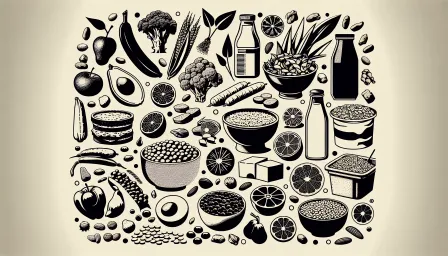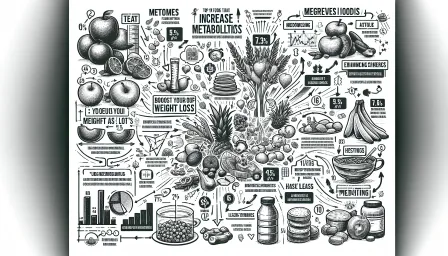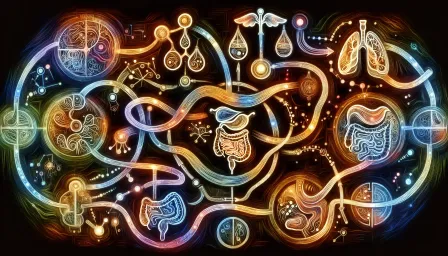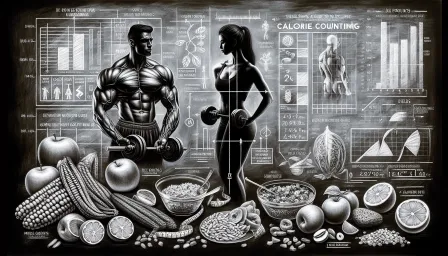Exploring the Paleo Diet and Paleolithic Era: A Comprehensive Guide
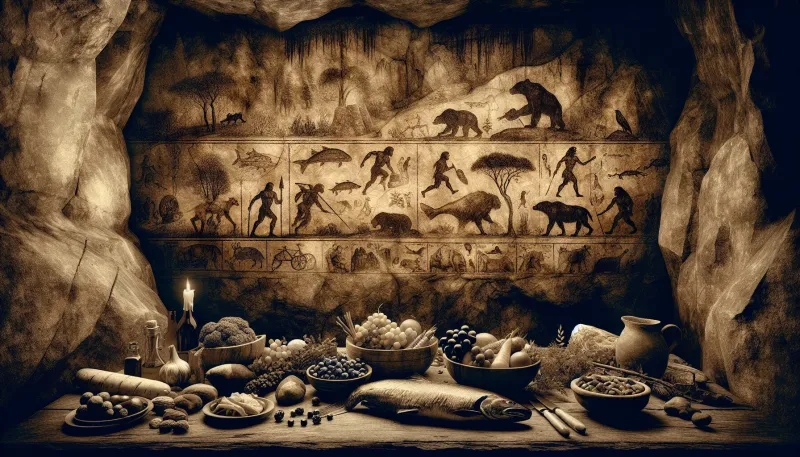
Dive into the Paleo Diet and the Paleolithic Era with this comprehensive guide. Understand the origins, benefits, and drawbacks of the Paleo lifestyle.
The Paleo diet has gained significant popularity in recent years, often hailed as a way to eat healthier by emulating the dietary habits of our Paleolithic ancestors. This article aims to demystify the Paleo diet, explore its origins in the Paleolithic era, and examine its potential benefits and drawbacks.
Understanding the Paleo Diet
The Paleo diet, sometimes referred to as the "Caveman Diet," is based on the types of foods presumed to have been eaten by our hunter-gatherer forebears. This nutritional plan primarily includes lean meats, fish, fruits, vegetables, nuts, and seeds—essentially, foods that could be obtained by hunting and gathering.
The Core Principles of the Paleo Diet
The core tenet of the Paleo diet is to mimic the eating patterns of our ancestors from the Paleolithic era, which spanned roughly 2.5 million to 10,000 years ago, before the advent of modern agriculture. Advocates believe our bodies are genetically programmed to eat this way, positing that contemporary diseases are a result of modern dietary patterns.
- Whole foods: Focus on unprocessed, natural foods.
- Animal-based proteins: Emphasis on lean meats and fish.
- Healthy fats: Nuts, seeds, and certain oils like olive and coconut oil.
- Exclusion of grains and legumes: These are believed to contribute to modern health issues.
- Limited dairy: Only certain forms like grass-fed butter or fermented products.
The Paleolithic Era: Our Ancestral Heritage
The Paleolithic era, often called the Old Stone Age, is the prehistoric period during which humans developed the earliest tools and lived as nomadic hunter-gatherers. This era is pivotal in understanding the human diet as it precedes significant lifestyle changes brought by agriculture and urbanization.
Life and Diet in the Paleolithic Era
Early humans subsisted on a diverse diet that included wild game, fish, fruits, vegetables, and nuts. The availability of food was highly dependent on geography and seasonality, which meant a varied and often nutrient-rich diet. The discovery of fire was a turning point, allowing for the cooking of food, which made consumption safer and easier on the digestive system.
Benefits of the Paleo Diet
Proponents of the Paleo diet suggest numerous health benefits, many of which are backed by anecdotal evidence and some scientific studies.
- Weight Loss: Due to eating whole, unprocessed foods and high protein intake, many people experience weight loss on the Paleo diet.
- Improved Blood Sugar Control: The elimination of refined sugars and grains can stabilize blood sugar levels, beneficial for those with type 2 diabetes or insulin resistance.
- Better Heart Health: By focusing on healthy fats and lean proteins, the diet may support cardiovascular health.
- Enhanced Digestive Health: Excluding grains and dairy can improve gut health for those with sensitivities or intolerances.
Drawbacks and Criticisms
Despite its benefits, the Paleo diet is not without its criticisms. Some health professionals argue that it can be overly restrictive and challenging to maintain long-term.
- Nutrient Deficiencies: Cutting out entire food groups, such as grains and legumes, can lead to deficiencies in essential nutrients like fiber, vitamins, and minerals.
- Expense and Accessibility: The cost of lean meats, fish, and fresh produce can be prohibitive for some individuals.
- Potential for Imbalanced Diet: Without careful planning, there is a risk of consuming too much protein and fat while neglecting other essential nutrients.
Modern Adaptations and Variations
Over time, numerous adaptations and variations of the Paleo diet have emerged, each tailored to different health needs and preferences.
Autoimmune Paleo (AIP) Diet
The AIP diet is a stricter version designed for individuals with autoimmune diseases. It eliminates additional foods that may cause inflammation, such as nightshades, eggs, and nuts.
Primal Diet
The Primal Diet includes all the same foods as the Paleo diet but is more lenient with the inclusion of dairy, particularly fermented products like yogurt and kefir.
Paleo Vegan (Pegan) Diet
The Pegan diet combines principles of Paleo and veganism, focusing on plant-based foods while still avoiding grains and legumes.
Is the Paleo Diet Right for You?
Deciding whether the Paleo diet is right for you depends on your individual health goals, dietary preferences, and any medical conditions you may have. Consulting with healthcare professionals, such as a dietitian or nutritionist, can provide personalized guidance. Remember, no one diet fits all, and the best eating plan is one that is balanced, varied, and sustainable in the long term.
Conclusion
Understanding the Paleo diet and its roots in the Paleolithic era offers valuable insights into how our ancestors lived and ate. While the diet has gained popularity for its potential health benefits, it's important to approach it with a critical eye and consider its limitations. With proper planning and professional guidance, the Paleo diet can be a beneficial lifestyle choice for those seeking to improve their health naturally.





